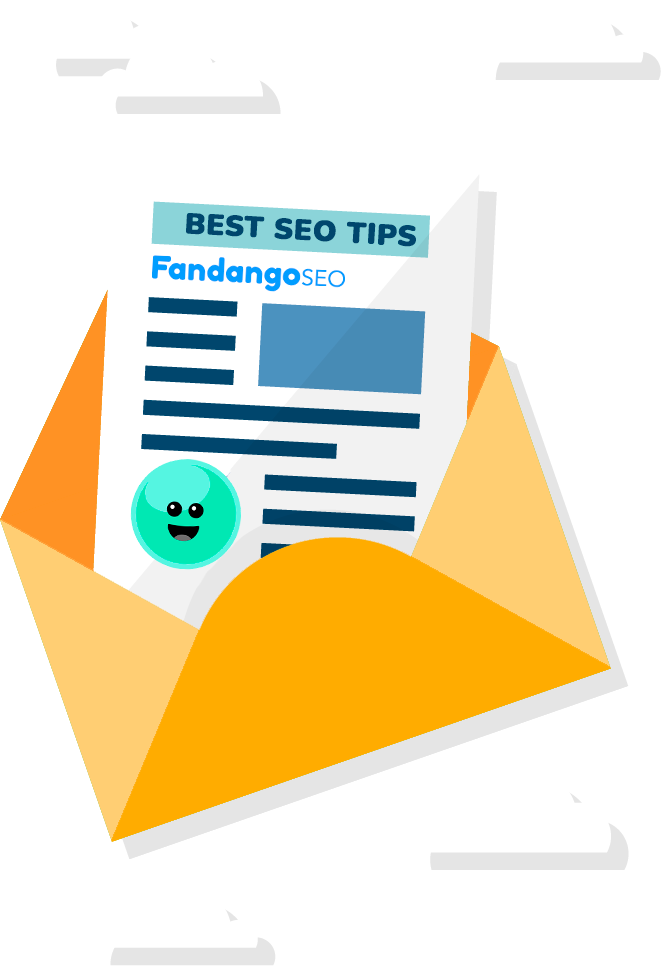What is alt text?
The alt text is an alternative text to the name of an image that describes the image’s appearance and role on a given website. This text appears in place of the visual element when it cannot load on the user’s screen.
Its function is not only to offer a clue when you can not see the picture on a website but also serves to:
- Allow readers who are visually impaired to interpret the image.
- Provide additional information to search engines so they can understand the subject of the picture

This text is used within the HTML code to describe the content of an image. The alt text is also known as alt attribute, alt description, or alt tag.
Why is it important for SEO?
In short, the alt text or the alternative text for images is essential to position a site because it improves the user experience on the page.
It makes the web design more accessible because, as we have said, it describes the images to those visitors who, for some reason, can not see it (people with visual impairments, as well as screen readers and even browsers that block images).
On the other hand, although search engines have significantly improved their image recognition technology over the past few years, the truth is that bots are still unable to interpret images without further ado. And if they misinterpret the content of a picture, the page may end up ranking for keywords that do not correspond to the page or even experience a ranking drop.
The alt attribute allows you to include the keywords for which you want to rank. Considering that search engines still give a lot of weight to keywords when ranking the web pages, it is convenient to include them when creating an alt tag. In this sense, we can say that they are a fundamental element for image SEO.
An example of good and bad image alt text
Let’s imagine that we have a picture of a lemon mousse with a mint leaf on top. With this image as an example, we will see good and bad practices for the alt text.
An example of a bad alt text:
< img src="lemon-mousse.png" alt="Lemon mousse image">As we’ll see later, when creating the alt text, it is recommended to be brief and omit unnecessary words such as “image.” Also, in this case, it does not fully describe the image.
An example of properly optimized alt text:
< img src="lemon-mousse.png" alt="Lemon mousse with a mint leaf on top">Here we have an alt tag that starts directly with the description of what you see, which is concise and complete.
How to write an excellent alt text
With these examples in mind, we are going to highlight those aspects to which we should pay particular attention when creating the alt tag:
Be specific when describing the image
To create the alt description, you must consider the subject of the image and its context, but you have to write a brief definition. The more descriptive and concise the better.
Use less than 125 characters
Typically screen reading tools cut the text into 125 characters. This can be disadvantageous for visually impaired people as they may not be able to figure out what the image is about.
Describe the image straightforwardly
We have already seen that you should be concise when creating the HTML alt attribute and not exceed a certain number of characters.
Therefore, it is unnecessary to start the description with phrases such as “image of…” This is not only for the length but also because Google will already identify it as an image from the HTML source code.
Moderate the use of keywords
Although we have seen that it is recommended to include keywords to the alt tag, you should take this advice with care. You should only include the main keyword if it perfectly fits the image content.
If not, consider using semantic keywords or the main terms within a long tail keyword.
For example, if the keyword is “how to make a wood-burning oven”, you may want to use “making a wood-burning oven” because the “how” may look unnatural in the alternative text.
Do not put your main keyword in the alt attribute of all images
Your post may have a series of images. Well, you should not put the same keyword in all your images, but only in the one that best represents the topic.
